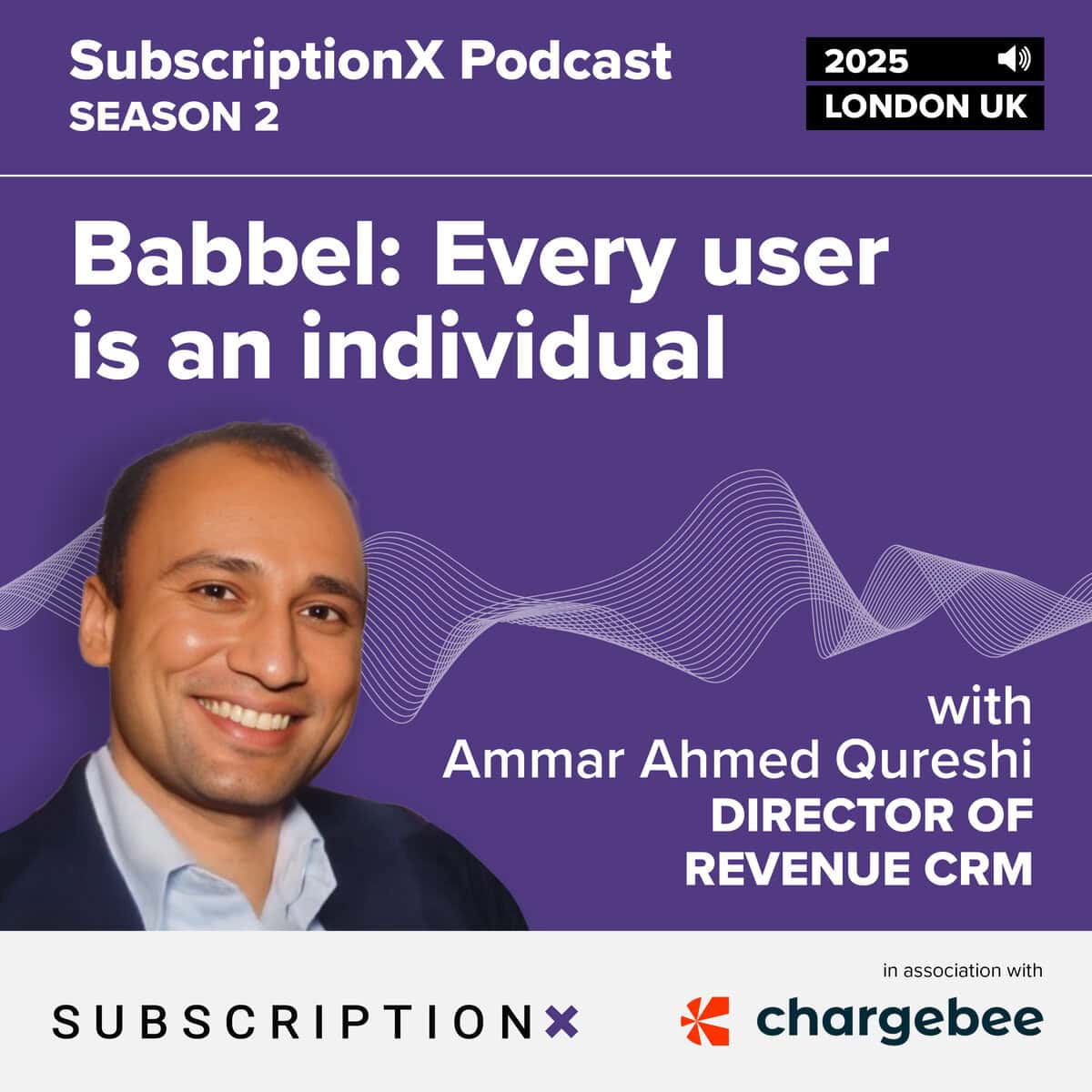Data from Poq shows that app downloads from its platform are up 100% in past seven days, as shoppers start to move to using their phones to buy everything from essentials to treats.
Poq is now predicting that the Coronavirus lockdown in the UK is likely to see the share of ecommerce traffic generated through apps hit 25% in 2020.
In Italy, app downloads have soared over the first half of march and on the weekend of 21-22 March, Germany saw its biggest ever number of app downloads.
And so far platforms and networks seem to be holding up. According to Michael Langguth, COO and co-founder of Poq: “Generally, we are seeing parallels between peak and the holidays, with more people at home. More people are browsing and engaging and it is leading to more app-based sales. Grocery is clearly seeing heavy traffic, but we see fast fashion also holding up – with many people buying lounge wear.”
In fact, the level of traffic increase isn’t as dramatic as Black Friday, but is more sustained, warns Langguth. However, network and servers seem to be with standing changing shopping habits.
What should retailers be doing?
Langguth also believes that there is a “generational shift to ecommerce” now underway, with many people aged over 50 finally embracing ecommerce and, when this is all over, unlikely to go back.
Analysts at Mckinsey agree. The research company has suggested that ecommerce is going to go from 20 to 40% of retail over the next few months and is unlikely to go back.
This shift to apps means that retailers not only have to get their online strategy in place, but also have to look at apps as a vital part of that.
According to analysts Bain & Company, retailers need to have two teams working in tandem right now: the first looking at how to keep the business going online right now; the second looking at how to be ready for when we come out of lockdown and pent up demand hits.
“Hopefully,” says Langguth, “people are using this time to get their strategies in place for both.”
Keeping engagement and brand awareness going is also going to be key, according to Sam Rigg, Poq’s content marketing manager. “It is very important that retailers continue to engage with customers on all channels,” she says.
“App-stories – akin to Instagram stories – are one way. Push messaging is also going to be essential.”
Not only is this necessary to keep shoppers informed right now, she says, but it is also vital to keep brand awareness for the return to normal trading in the coming months.
What happens next?
The biggest problem facing us all – consumers, retailers and suppliers – is uncertainty. Looking at what happened, on a more limited scale, across Asia in 2002/3 when SARS caused similar shut downs, it looks likely that ecommerce is going to get a boost. However, shoppers are going to be cautious in what they spend as they don’t know how long this is going on for, nor what their employment and earning status will be.
The key lesson from SARS, though, is that once shops reopened, most verticals bounced back rapidly due to pent up demand.
Strange phenomena are also likely to impact the recovery this time round. The Maria Kondo effect is already seeing people stuck at home having a clear out. This, some analysts believe, could lead to a splurge in replacement buying when normality returns.








